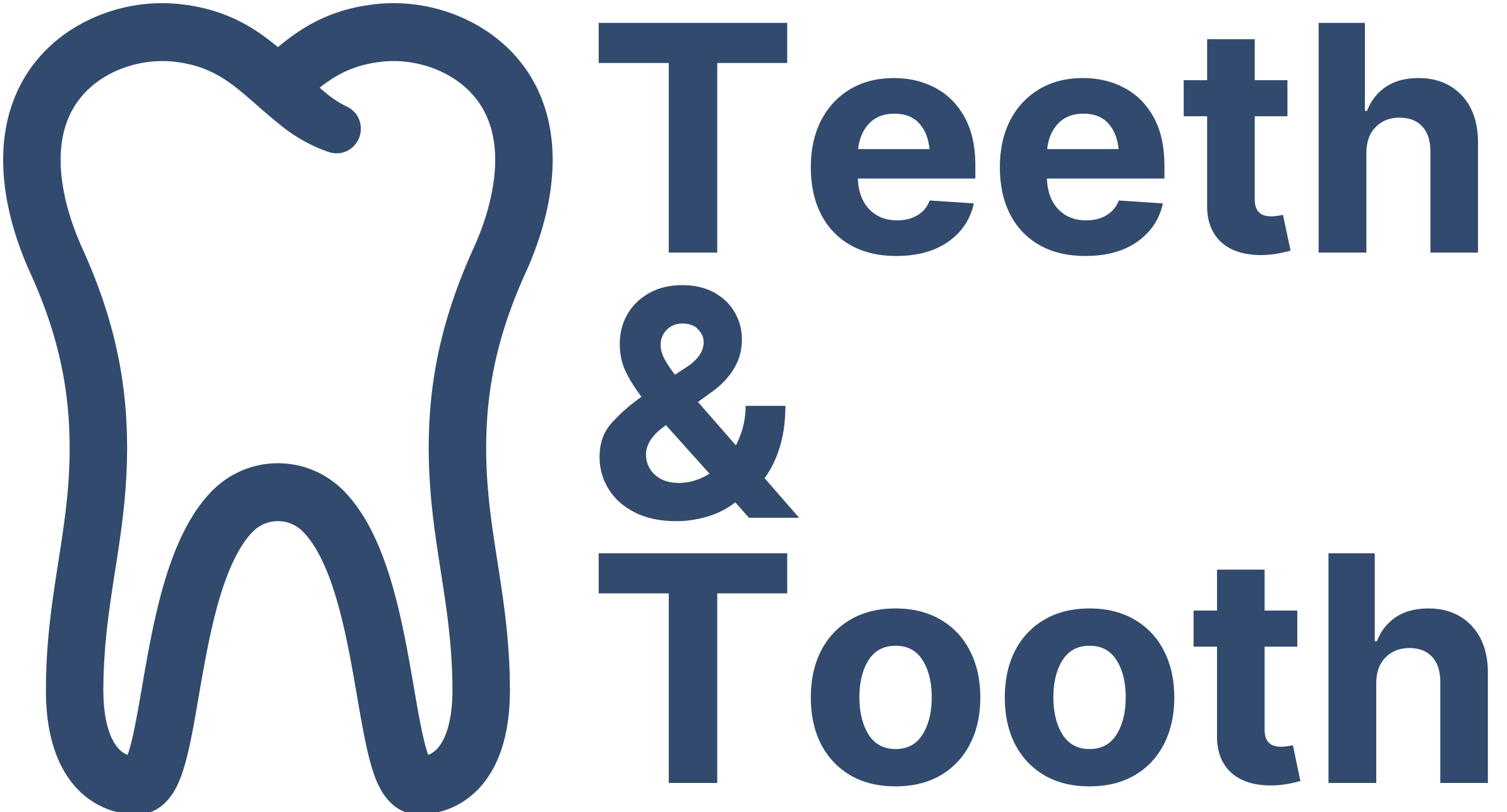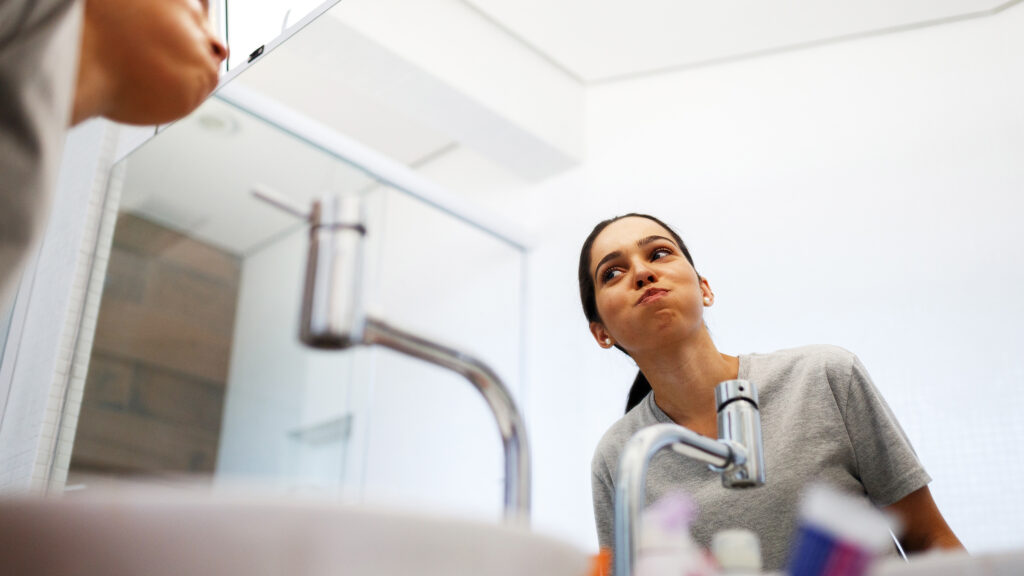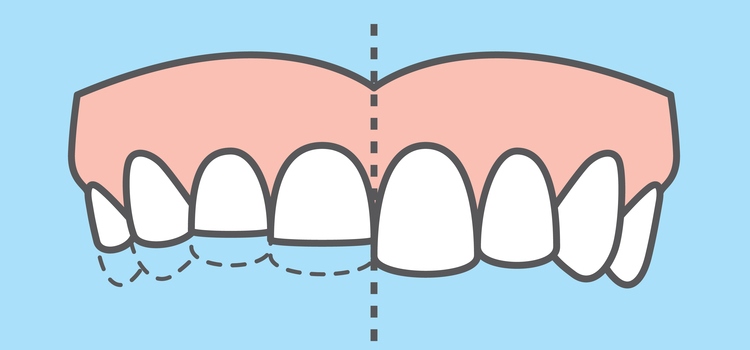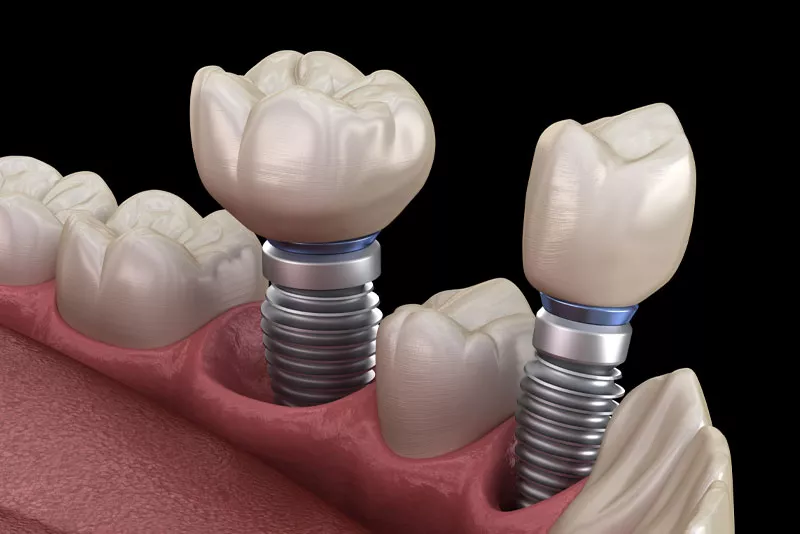Having a lingering taste of toothpaste in your mouth can be annoying and distracting. Do you find yourself constantly trying to get rid of that minty taste?
You are not alone. Many people like you are constantly irritated by that lingering taste after brushing. The good news is that there are ways to get rid of the toothpaste taste and enjoy fresh breath all day.
In this article, we’ll explore some of the common causes of the toothpaste taste and provide practical tips on you can try at home to help get rid of the toothpaste taste. From changing your brushing technique to trying different toothpastes, we’ll cover everything you need to know to achieve a clean, refreshing feeling in your mouth. So, if you’re ready to say goodbye to the toothpaste taste for good, read on!
What Is in a Toothpaste?
Toothpaste is a complex and carefully formulated oral care product that can contains both active and inactive ingredients. Together, they help to clean teeth, remove plaque, freshen breath, and promote overall oral hygiene. Here are some of the commonly found ingredients in a toothpaste:
- Abrasives: Abrasives are particles that help remove stains, food particles, and plaque from the teeth. They work by gently scrubbing the tooth’s surface. Common abrasives include calcium carbonate, hydrated silica, and baking soda.
- Fluoride: Fluoride is a key ingredient in toothpaste as it helps strengthen tooth enamel and prevent tooth decay. Sodium fluoride, sodium monofluorophosphate, or stannous fluoride are often used.
- Detergents (Surfactants): Surfactants are foaming agent that helps with the spreading of the toothpaste in your mouth. By creating a foamy lather, it allows the toothpaste to penetrate the small crevices between the teeths and gum. This makes brushing more effective at removing plaque and tooth decay. Sodium lauryl sulfate (SLS) is a common surfactant used in toothpaste.
- Humectants: Humectants retain moisture, preventing the toothpaste from drying out and maintaining its consistency. Common humectants include glycerin and sorbitol.
- Binders and Thickeners: These ingredients help maintain the toothpaste’s texture and keep all the components well-mixed. Xanthan gum and carrageenan are examples of thickeners and binders.
- Sweeteners: Sweeteners are added to improve the taste of toothpaste and make it more palatable. Saccharin and sorbitol are often used as sweeteners.
- Preservatives: To prevent bacterial growth and maintain the product’s shelf life, preservatives are included. Common preservatives include parabens and sodium benzoate.
- Flavoring Agents: Flavoring agents give toothpaste its pleasant taste and help mask the taste of other ingredients. Mint, spearmint, peppermint, and various fruit flavors are commonly used.
- Desensitizing Agents (in some specialized toothpaste): Some toothpaste formulas are designed to alleviate tooth sensitivity and may contain potassium nitrate or strontium chloride.
- Whitening Agents (in some specialized toothpaste): Whitening toothpaste may contain abrasive particles or peroxide to help remove surface stains.
- Antimicrobial Agents (in some specialized toothpaste): Toothpaste designed for specific oral health concerns may include antimicrobial ingredients like chlorhexidine.
Different toothpaste may contain different and varying concentration of the ingredient depending on the intended use of it, whether it’s for cavity prevention, gum health, sensitivity, whitening, or any other concern. If you have any concerns about any of the ingredient, do consult your dentist to ensure that it is suitable for your individual dental health.
Why Is There a Toothpaste Taste?
It is a feeling that many of us are all too familiar with: the aftertaste of toothpaste that lingers in the mouth, often leaving an unpleasant taste or sensation. But why does toothpaste leave an aftertaste and what can be done to avoid it?
A toothpaste aftertaste can be caused by a variety of factors, including the ingredients in the toothpaste, the way you brush your teeth, and your oral hygiene habits. Some of the most common causes include:
- Strong-flavored toothpastes: Some toothpastes are made with active ingredients that contains a strong flavor, and this can linger in your mouth long after you’ve finished brushing. This is especially true for toothpastes that are marketed as being “extra-minty” or “whitening.”
- Presence of sodium lauryl sulfate (SLS): SLS suppresses the receptors that pick up ‘sweetness’ while breaking down phospholipid, a lipid molecule that masks bitterness. As such, SLS affects the perception of taste by enhancing the bitterness while reducing the sweetness of food that enters the mouth.
- Not rinsing your mouth thoroughly: If you don’t rinse your mouth thoroughly after brushing, there could residual toothpaste in your tongue, cheeks or gums.
- Brushing for too long or too hard: Overzealous brushing or brushing for too long can cause toothpaste to be pushed into the deep grooves (also known as fissures) on your teeth as well as crevices between your teeth. This will lead to a lingering toothpaste aftertaste as it is more difficult for the toothpaste to be rinsed away.
- Medical conditions: Certain medical conditions such as GERD, sinusitis, and acid reflux, can cause bad taste in your mouth. It can also mimic the toothpaste taste.
You may be interested in: Can Listerine Help to Kill a Tooth Infection?
Getting Rid of the Toothpaste Taste
Getting rid of the toothpaste taste can be a simple process with a few easy solutions. Here are a few tried and tested methods you can try to get rid of the unpleasant toothpaste aftertaste:
- Get a SLS-free toothpaste: As mentioned above, SLS is a known ingredient that can cause a bad aftertaste in your mouth. To prevent it, go for a SLS-free toothpaste to reduce the unpleasant taste. Some of the popular SLS-free toothpaste recommended by leading dentists include Sensodyne Pronamel Multi-Action SLS-Free Toothpaste, Verve Ultra SLS-Free Toothpaste, and Tom’s of Maine Natural Fluoride-Free SLS-Free Botanically Bright Toothpaste
- Rinsing your mouth thoroughly: This is one of the simplest and most effective ways to get rid of a toothpaste taste. Make sure to rinse your mouth for at least 30 seconds after brushing your teeth to remove any remaining toothpaste.
- Brush your tongue: Sometimes, the toothpaste taste lingers on your tongue. Gently brush your tongue with your toothbrush or use a tongue scraper to remove any residual toothpaste.
- Rinse your mouth with warm water: It has been said that rinsing your mouth with hot or warm water helps to desensitize the mouth from the minty taste of a toothpaste, thereby reducing its aftertaste.
- Rinse your mouth with mouthwash: Rinsing your mouth with a mouthwash after brushing can help to freshen your breath and get rid of any lingering toothpaste taste.
- Use less toothpaste: Sometimes, using less toothpaste can reduce the intensity of the taste. More toothpaste doesn’t necessarily mean a cleaner teeth. You only need a pea-sized amount of toothpaste to effectively clean your teeth.
- Chew sugar-free gum: Chewing sugar-free gum after brushing can help to stimulate saliva flow, which can help to wash away any remaining toothpaste and freshen your breath.
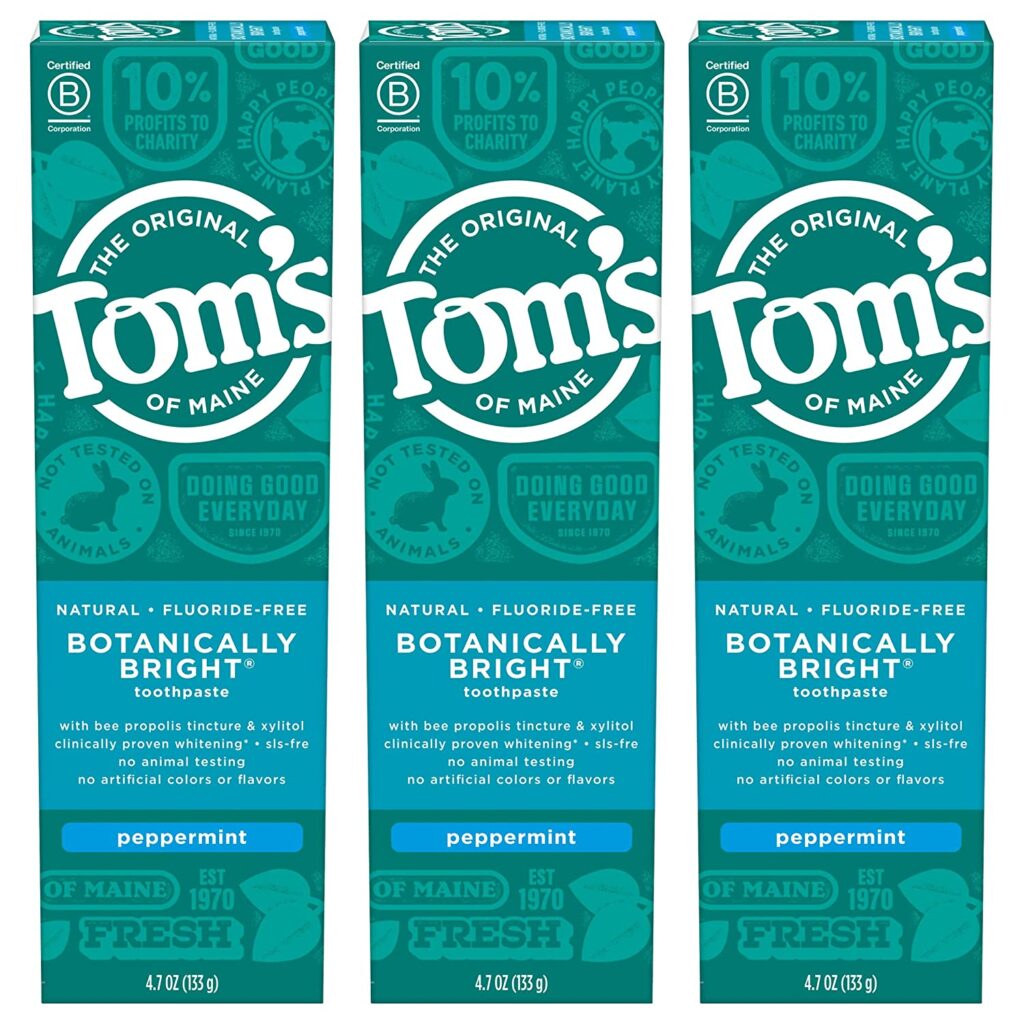
Concluding Thoughts
To conclude, getting rid of the toothpaste taste can be achieved through several cheap and easy methods. If you are fine with the temporary aftertaste of a toothpaste, there is no need to worry as it should dissipate about 30 minutes after brushing. However, if the taste continues to persist despite trying different methods, it may be worth consulting with a dentist to rule out any underlying oral health issues.
